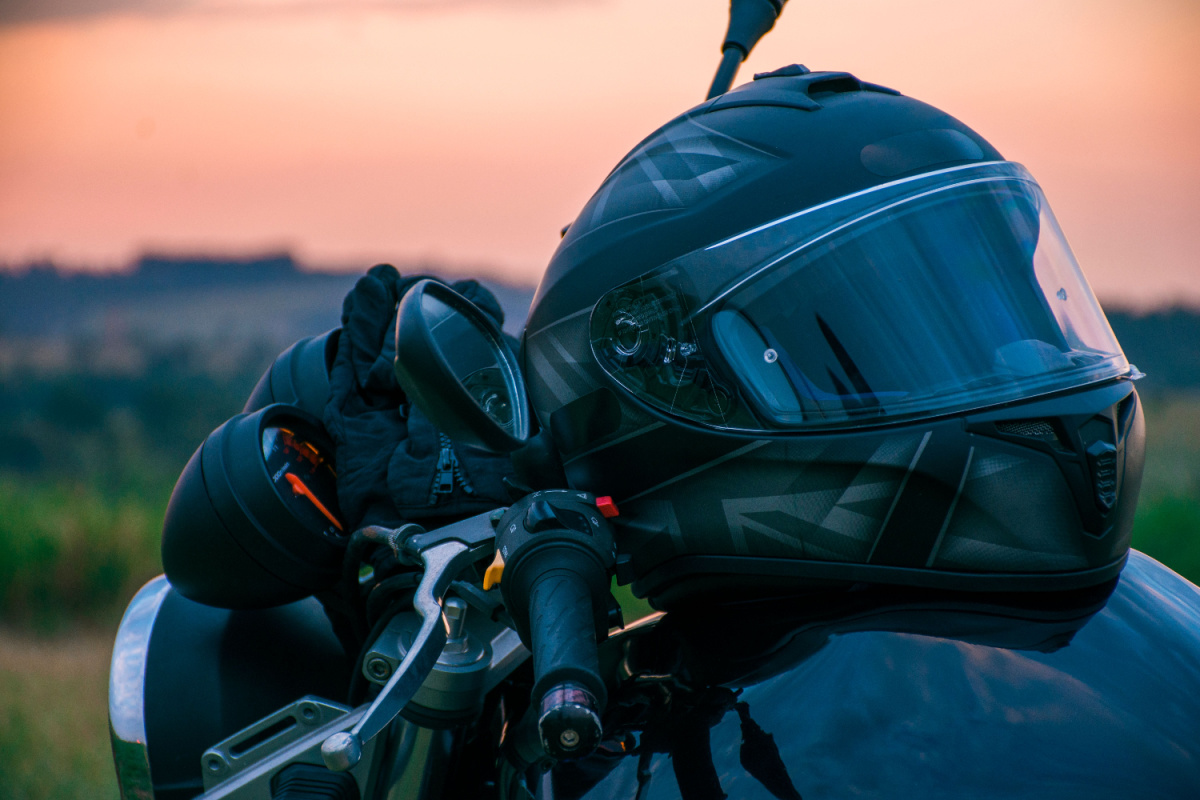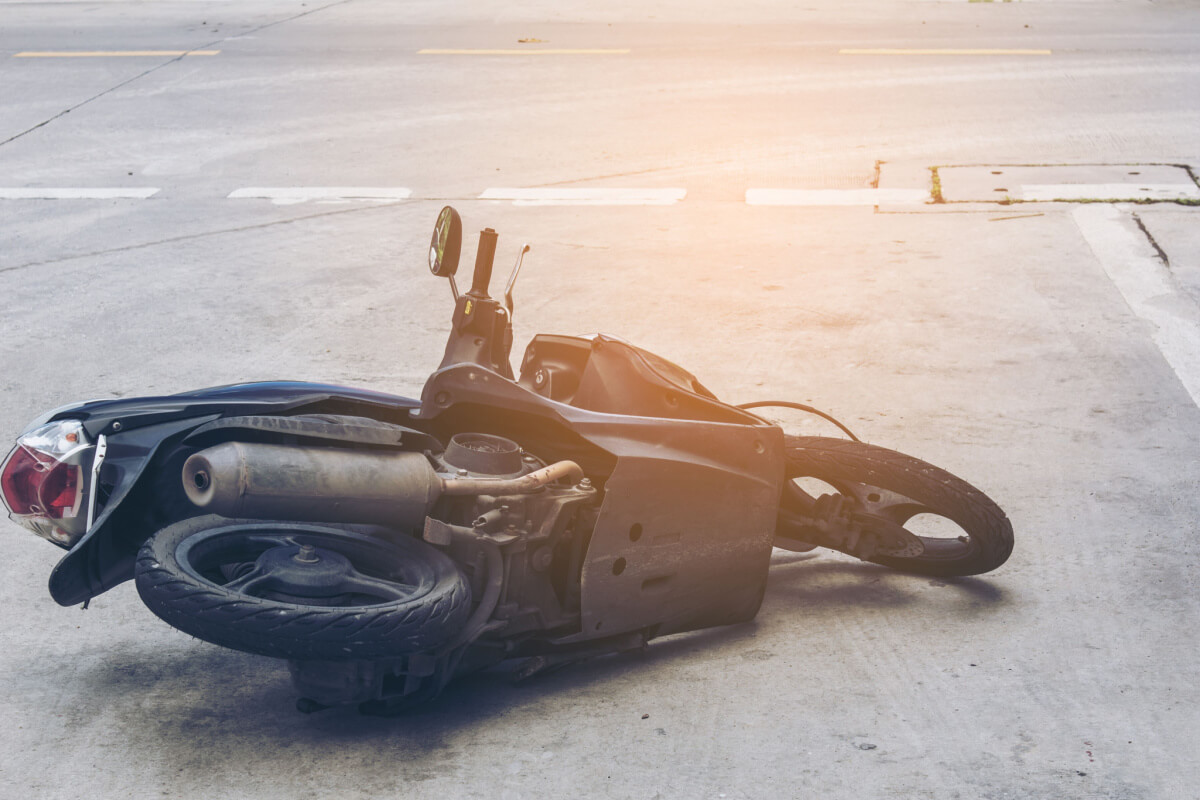Riding with a group can be one of the most enjoyable experiences for a motorcyclist. Whether you’re cruising the curves near Saylorville Lake or exploring the backroads outside Des Moines, you share the open road, the sights, and the camaraderie.
However, group rides also have safety risks that every rider should take seriously. One wrong move by a single rider, like braking suddenly or drifting out of formation, can put your fellow riders in danger. That’s why planning ahead and following group riding best practices is essential.
If you’re gearing up for your first group ride or leading your regular crew across Iowa backroads, these tips can help everyone stay safe.
Start With a Pre-Ride Meeting
Before heading out onto the open road, take time to gather and talk through the plan. This meeting should cover the route, scheduled stops, fuel breaks, and what to do if someone gets separated or has an emergency. Every rider needs to know the plan and agree to it.
Assign clear roles:
- Lead Rider: Sets the pace, watches for hazards, and signals the group.
- Sweep Rider: Rides last to keep an eye on everyone and assist with breakdowns or accidents.
If you’re unfamiliar with the area, ensure that at least one crew member has a GPS or a mounted map. Exchange phone numbers and check that everyone starts the ride with a full tank of gas and a road-ready bike.
Use a Staggered Riding Formation
One of the safest formations for group motorcycle riding is the staggered formation. In this setup, riders alternate sides within a lane, keeping enough distance to see clearly and react to hazards without swerving into each other.
Here’s how it works:
- The leader stays on the left side of the lane.
- The next rider positions themselves on the right side, a few seconds behind.
- The pattern continues down the line.
A staggered formation gives riders more space, better visibility, and room to react. It’s closer than single-file but much safer than riding side by side. Switch to single-file on sharp turns or in bad weather for better control.
Maintain a Safe Distance
Spacing matters, especially at higher speeds. Riders should keep at least a two-second following distance from the rider directly in front of them in the staggered formation. This allows time to respond to sudden braking, animals crossing, road debris, or any other surprise.
Tailgating cuts your reaction time and risks a chain-reaction crash if someone ahead has to stop suddenly. Hold your position, keep a steady pace, and give the rider in front of you enough space to react safely.
Use Hand Signals and Headlights
Clear communication helps everyone respond to changes in speed, road conditions, or plans. Don’t rely solely on brake lights or turn signals; use standardized hand signals that every rider understands.
Make sure everyone in the group knows these signals before the ride. If someone doesn’t know what to look for, they may not respond in time, putting themselves and others at risk.
During the day, ride with headlights on to increase your visibility to traffic and each other. This helps keep the group together and alerts nearby drivers to your presence.
Avoid Aggressive or Risky Behavior
Group rides work best when everyone keeps a steady, manageable pace. Avoid aggressive behavior like racing between lanes, swerving suddenly, or weaving through traffic. These actions aren’t just dangerous, they disrupt the flow of the group and invite collisions.
In 2021, 33% of all fatal motorcycle crashes in the U.S. involved speeding. If you’re feeling competitive or impatient, pull back. Group riding is about cooperation and safety, not showing who can get there first.
Place Less Experienced Riders Toward the Front
Many assume less experienced motorcyclists should stay in the back. In reality, it’s often safer to position them just behind the leader, near the front of the formation. This sets a more predictable pace, eases the pressure to keep up, and gives the lead and sweep better visibility of how the group is moving.
Placing those still adjusting to group dynamics up front also helps prevent the yo-yo effect, when the back of the line surges and slows because someone struggles to maintain consistent spacing.
Stay Focused and Self-Aware
Even in a group, every rider is responsible for their safety, so don’t assume that staying in formation means you can let your guard down. You still need to scan for hazards, monitor your speed, and avoid distractions. Pay attention to the road and the riders around you instead of simply following the rider in front.
Wear proper gear, like a Bluetooth-enabled helmet, to stay connected. Stay hydrated and never ride through fatigue. If unsure about a maneuver or route change, signal and pull over to discuss it.
Get Legal Help After a Motorcycle Accident in Iowa
Even the most careful riders can get hurt due to a careless driver or a poorly maintained road. If you’ve been injured in a motorcycle accident, whether as a solo rider or in a group, Mueller, Schmidt, Mulholland & Cooling can help you recover compensation.
Our skilled Des Moines motorcycle accident lawyers fight for Iowa motorcyclists and understand the challenges you face after a crash. From insurance negotiations to serious injury claims, our attorneys work to secure the support you need to recover.
Call us today or schedule a free consultation to learn your rights and protect your future.
Categories

Providing Unmatched EXPERIENCE On Your Case When you find yourself in a situation where you’ve been treated unfairly or you’re in the middle of a legal disagreement, it can be difficult to know what your rights are and how to proceed.







